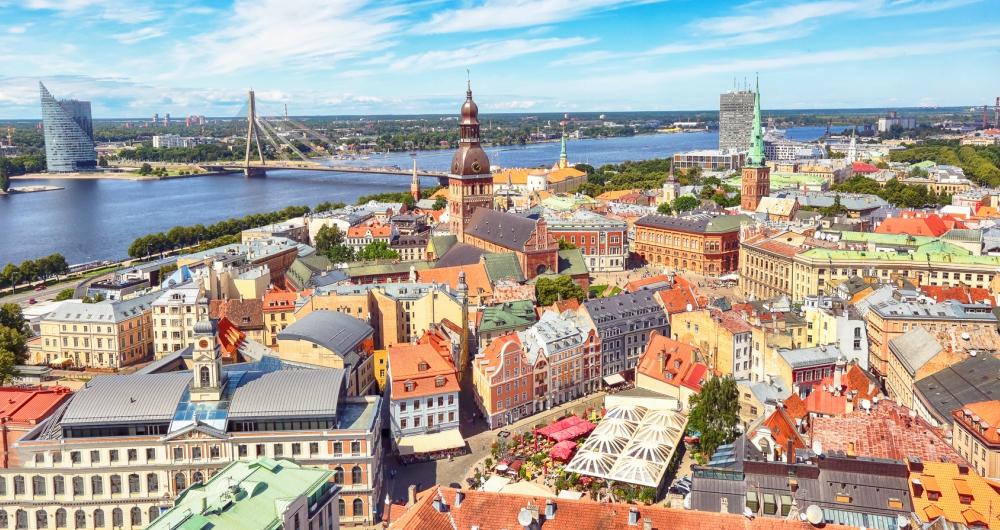Looking for medieval cities, coastal beauty, and unspoiled forests? Head to Latvia! Located in Northern Europe along the Baltic Sea, Latvia is a hidden gem filled with art nouveau architecture, charming villages, and vast national parks. Whether you’re exploring Riga’s old town, relaxing on a white-sand beach, or wandering in the woods, Latvia blends history, culture, and natural beauty.
Best Time to Visit
The best time to visit Latvia is from May to September. Summer brings long daylight hours, festivals, and great weather for exploring the outdoors. Spring and early fall offer colorful scenery and fewer crowds, while winter is perfect for cozying up in cafés or visiting holiday markets.
How to Get There
- By Plane: Riga International Airport (RIX) is the main gateway, offering direct flights from major European cities.
- By Ferry: Ferries connect Riga and Liepaja with Stockholm and Travemünde (Germany).
- By Train/Bus: International trains and buses run from neighboring countries like Lithuania, Estonia, Poland, and Russia.
Where to Stay
- Grand Hotel Kempinski Riga – Luxurious five-star stay in the heart of Riga with elegant rooms and a top-rated spa.
- Hotel Gutenbergs – Boutique hotel in Old Riga offering historical charm and a rooftop restaurant.
- EZRA Boutique Hotel (Cesis) – Modern, stylish option in one of Latvia’s prettiest small towns.
Top Attractions
⮕ Climb the Castle and Cruise the Lake in Historic Aluksne

© Courtesy of Janis Smits - Fotolia.com
The town and region of Aluksne is located in the north-eastern corner of Latvia close to the borders with Russia and Estonia. The region has a rich historical legacy for visitors to explore as well as a good variety of outdoor activities. History and architecture enthusiasts can visit the ancient (1342) stone castle on Castle Island, the Old Lakeshore Palace (1794) and the Aluksne New Palace, which dates back to 1864. In addition, there are several other beautifully preserved palaces and stately homes as well as museums to add to your itinerary. Hikers can choose from several beautiful lakeside trails, and the lake offers various types of boating in summer, while in winter the emphasis changes to cross-country skiing.
⮕ Step Into the Past at Bauska Castle and Stroll Through Its Old Town
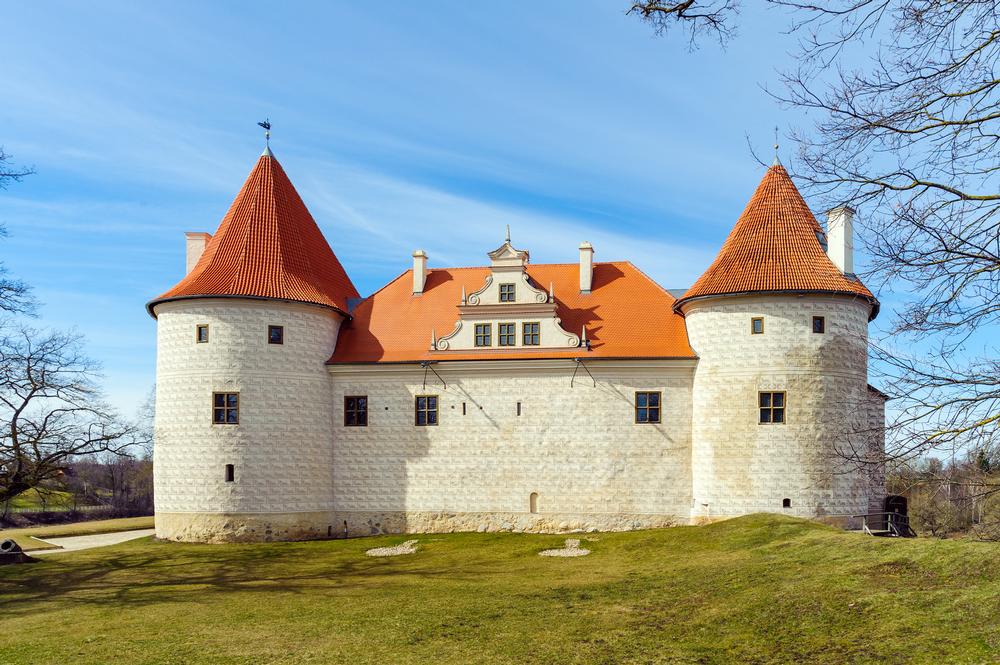
© Courtesy of gorelovs - Fotolia.com
The historic town of Bauska is located in southern Latvia in an attractive low-lying area known for its large stretches of pristine forests, abundant rivers, and several nature reserves. Besides the wealth of outdoor attractions, the town also has several historic buildings you can tour, including the Baroque and Rococo-style Rundale Palace, the 15th century Bauska Castle, and several other stately homes. At the Bauska Museum, you can learn about the early history of the city or take a guided tour around the historic Old Town. At the Motor Museum, you can see examples of vintage vehicles in a newly refurbished Soviet Era warehouse. After a busy day of exploring, you can sample local specialties on a Gourmet Food Tour.
⮕ Wander Medieval Streets and Forest Trails in Cesis
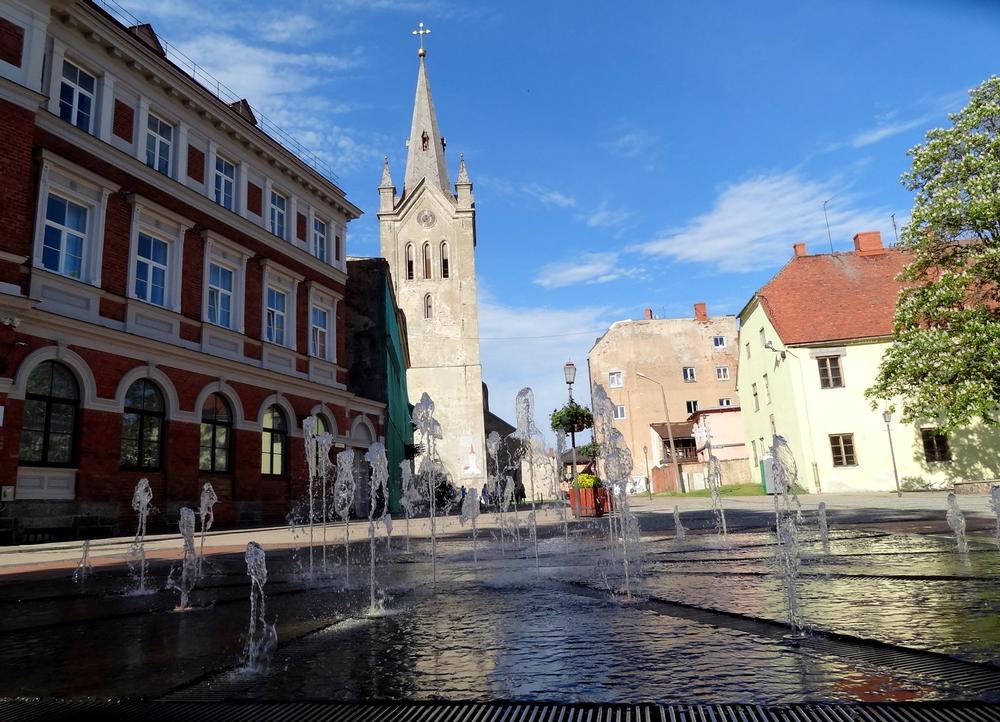
© Courtesy of ivetascerbaca - Fotolia.com
The town of Cesis dates back to 1206 and has always been known for the emphasis it has placed on arts, education, and culture. In addition to visiting a range of really good museums, art galleries, and historic buildings, you can also enjoy excellent outdoor recreation and a vibrant and welcoming atmosphere. Those who love history and culture will be drawn to the lovely old Cesis Medieval Castle and the historic Old Town where you can admire many examples of beautiful masonry and ancient wooden villas. The town is dotted with outdoor sculptures and artworks by local artists are on display at the Insignia Art Gallery. For a break from art and culture, you can go hiking or biking along several scenic trails or enjoy canoeing and paddling on one of the rivers.
If you are traveling with kids:
⮕ Discover Coastal Fortresses and Noble Estates in Courland (Kurzeme Region)
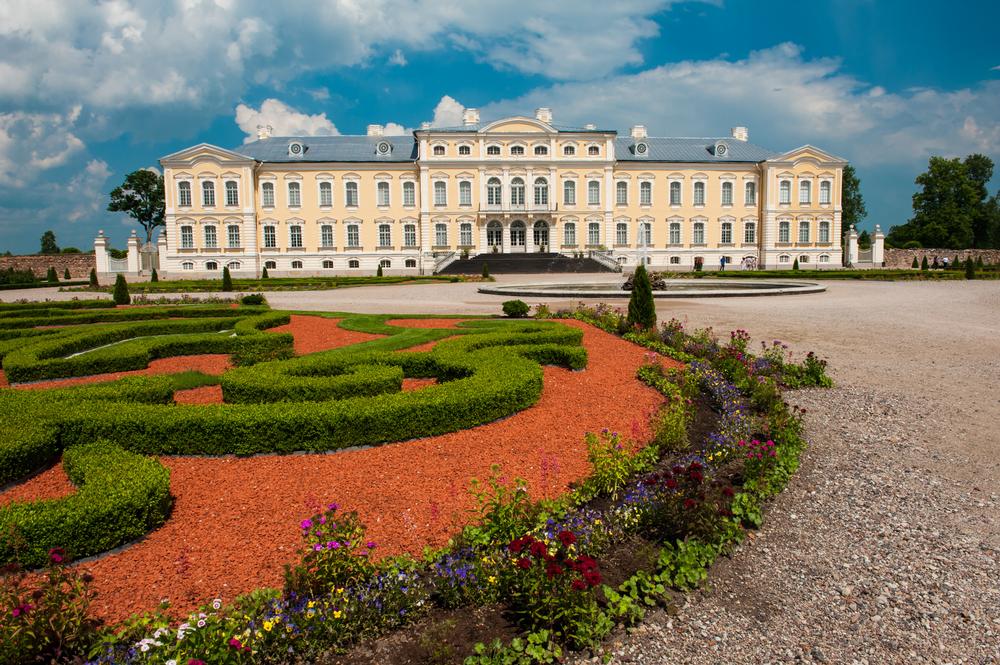
© Courtesy of Fyle - Fotolia.com
Courland (or Kurzeme in Latvian) is a region of Latvia located along the sparsely populated western coastline of the country – an undiscovered gem for all nature lovers. The impressive 20-mt sea-cliffs along the Jurkalne coastline are popular with camping enthusiasts and offer ideal conditions for para-gliding, windsurfing, and kite boarding. Inland, the 100-mt wide Venta Waterfalls is the place to head to in autumn and spring to see hundreds of salmon trying to leap up the falls. Bird watching is excellent all along the coastline, particularly during migration. Families will enjoy Ventspils Adventure Park, which offers various obstacle courses, a water park in summer, and opportunities for skiing and snowboarding in winter.
⮕ Explore Art, Fortresses, and Soviet History in Daugavpils
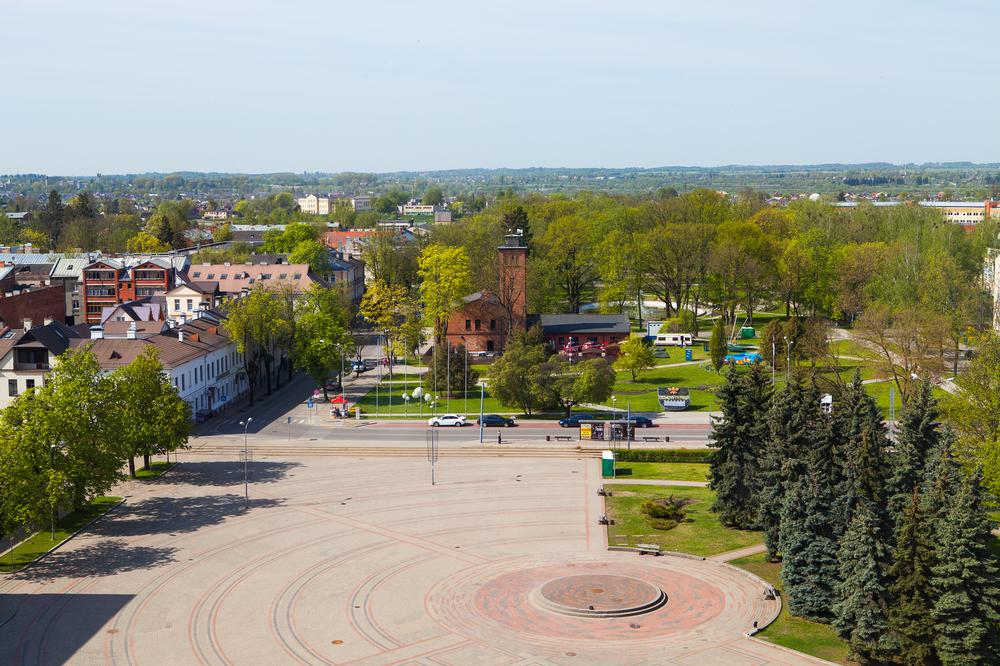
© Courtesy of yegorov nick - Fotolia.com
Daugavpils is the second largest city in Latvia, located along the banks of the Daugava River in the southeast of the country. One of the city’s main tourist attractions is the famous Daugavpils Fortress, which remains one of Europe’s most complete defensive castles dating back to the early 19th century. You can spend several hours exploring this historical fort, which is built in the Empire style, with the exception of the Gothic Nikolas Gate and Water Tower. The Arsenal building of the fortress now houses the Mark Rothko Art Center, which showcases Latvian and international artists. History lovers should also visit Church Hill, which is unsurprisingly home to four interesting churches. The city offers several parks and gardens, museums and the Latgale Zoo.
⮕ Visit the Blooming Apple Orchards and Ancient Castle Ruins in Dobele

© Courtesy of PTK - Fotolia.com
Dobele is a city (as well as a municipality) that lies along the banks of the Berze River about 50 miles from Riga. The quiet town of around 11,000 inhabitants is mainly famous for its quarterly festivals and for its very lovely gardens, especially the Peteris Upitis Garden and Museum that showcases over 200 hybrid species of fragrant lilacs. History lovers can visit the Semigallian Castle Mounds, which are over 1,000 years old – guided tours of the semi-renovated ruins are available, and you will get a wonderful view of the city from the tower. There are various interesting museums to visit, including the Piksas Farm and Lici Antiquities Collection where you can see many vintage farm implements.
Romantic Activities and Attractions:
⮕ Hike, Canoe, and Marvel at Cliffs in Gauja National Park
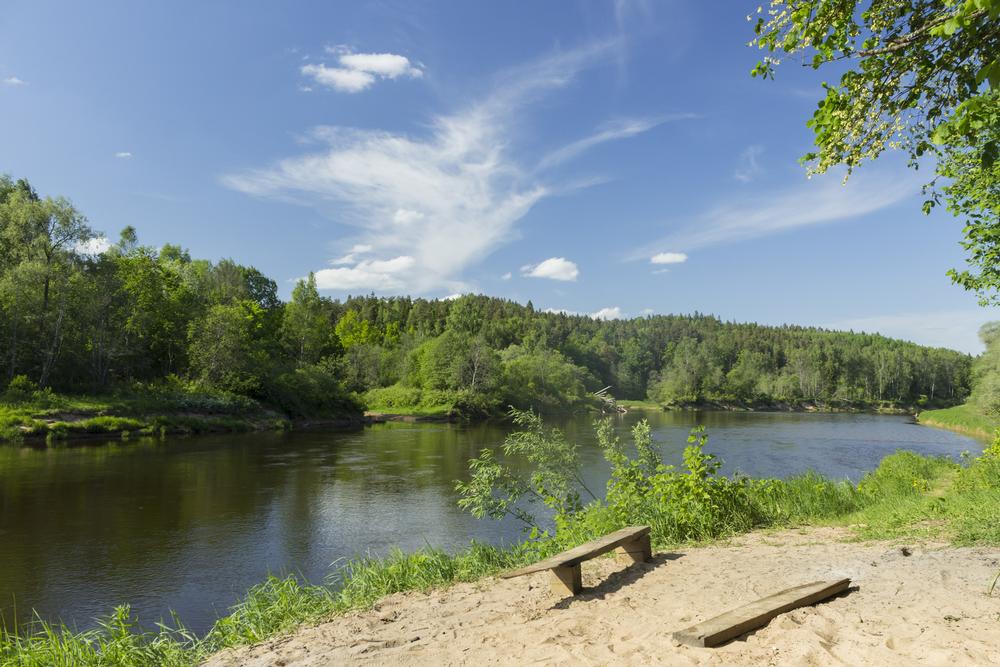
© Courtesy of Novitsky97 - Fotolia.com
Gauja National Park was Latvia’s first national park, located in the 60-mile long ancient Gauja River Valley, which was carved out of the earth by receding Ice-Age glaciers. The National Park is home to a wide diversity of animal and plant species, and people come from all over the country to enjoy getting back to nature. You can hike or mountain bike along several trails – maps and other info can be obtained at the Visitor’s Centers at Sigulda, along the Ligatne Nature Trails and at Zvarte Rock. You can also go kayaking or rafting along the river, and the park offers guided tours and nature walks.
⮕ Tour Krustpils Castle and the Peaceful Parks of JJekabpils
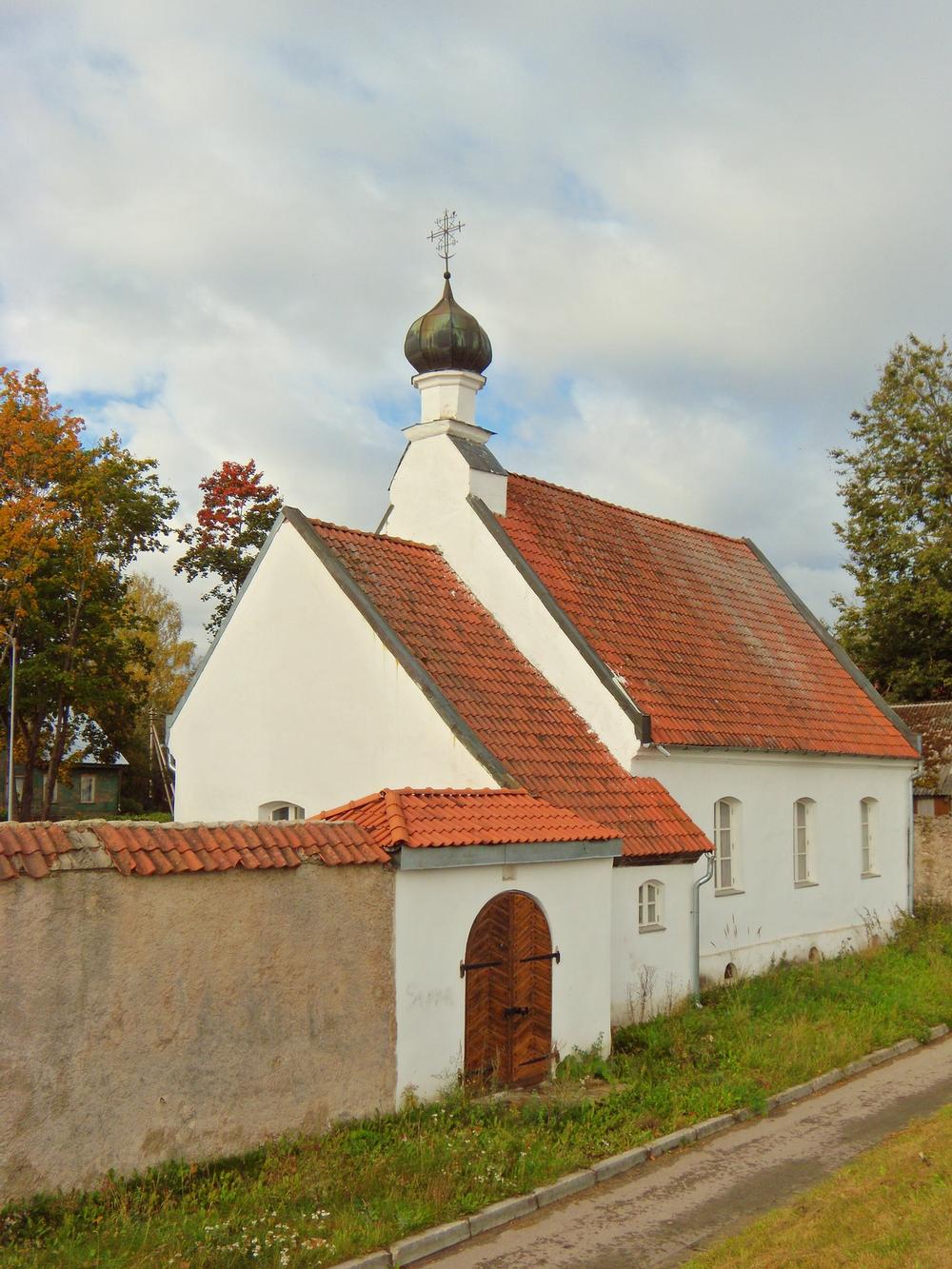
© Courtesy of Juulijs - Fotolia.com
Nestled along the banks of the Daugava River, the city of Jekabpils was established in the 17th century and is therefore an interesting city for all history and architecture enthusiasts. One of the oldest buildings you can visit is the Krustpils Castle, which was first documented in 1217 and is Latvia’s oldest medieval castle. Today the castle is home to the Jekabpils History Museum – you can tour at your own pace using an English audio guide. After touring the castle you can visit the Seliite Garden, which is an open-air part of the history museum that showcases old farm buildings set in a pleasant garden. There are several old churches in various architectural styles and many historic buildings to be admired. Most of the attractions can easily be accessed on foot.
⮕ Admire Baroque Splendor at Jelgava Palace and Enjoy the Lielupe River

© Courtesy of anilah - Fotolia.com
The historic city of Jelgava is located just 25 miles from Riga in one of the most picturesque parts of the country. The city dates back to 1578, making it one of the oldest cities in Latvia, and there are plenty of historic and cultural attractions to be explored. The main historic highlights to add to your list of things to explore are the Jelgava Holy Trinity Church Tower (which includes a museum and observation deck), the Jelgava History and Art Museum, and the Jelgava Palace Museum. For a break from history and culture you can enjoy some outdoor pursuits –explore the city and its environs along a selection of cycling paths, go hiking in the Lielupe Flood meadows (which offer excellent bird watching and the chance to see real wild horses), or take to the air on a hot air balloon excursion.
⮕ Relax on the White Sand Beaches and Spa Resorts of Jurmala
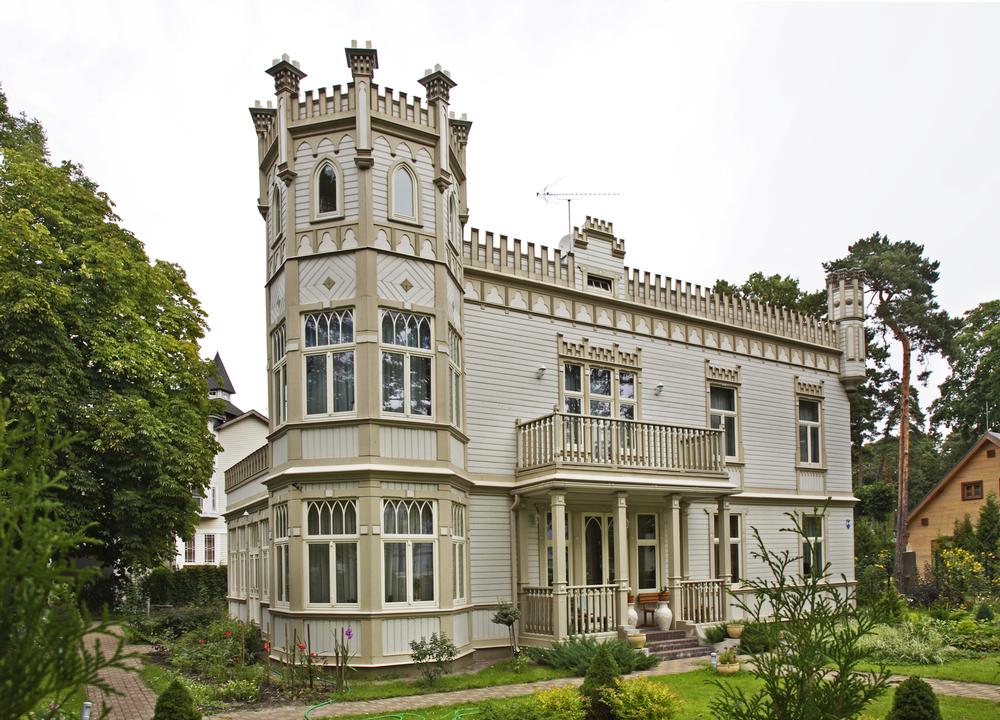
© Courtesy of Andrey Shevchenko - Fotolia.com
For over 200 years, the delightful beach resort of Jurmala
has been attracting locals (and a growing number of international visitors) who come to relax and unwind along the long stretch of pine-fringed beach on the Bay of Riga. You can soak up the sun on the long beach, have the ride of your life at the Livu Aquapark, visit an open-air museum, or set off to explore the sulphur springs, wildlife, and hiking trails in the Kemeri National Park. Music lovers can enjoy a show at the Dzintari Concert Hall and everyone will enjoy strolling along the Jonas Street pedestrian boulevard where you can eat, drink, shop, and people-watch. After a busy day on the beach you can visit one of the many spas for a sublime pampering session.
Must-see if you are a first-time visitor:
- Old Town Riga – A UNESCO World Heritage Site full of cobblestone streets, medieval churches, and vibrant cafés.
- Rundale Palace – Latvia’s Baroque masterpiece, surrounded by formal gardens and lavish interiors.
- Latgale Region – Explore lakes, pottery traditions, and Eastern Latvian hospitality in this peaceful countryside area.
Where to Eat
- 3 Pavaru Restorans (3 Chefs Restaurant) – Innovative fine dining in Riga with an open kitchen and seasonal tasting menus.
- LIDO Atputas Centrs – Family-friendly Latvian buffet offering hearty traditional dishes in a rustic setting.
- Villa Marta (Cesis) – Cozy countryside restaurant and guesthouse offering farm-to-table Latvian fare.
If you are interested in local events:
- Jani / Midsummer Festival (June 23–24) – Celebrate Latvia’s biggest holiday with bonfires, songs, flower crowns, and folk traditions.
- Riga City Festival (August) – A celebration of music, art, and street performances throughout the capital.
- Positivus Festival (July) – Latvia’s largest music festival, held by the sea with international and local acts.
If you are looking for unique day trips within 30 Minutes to 2 Hours of Riga, Latvia:
- Jurmala (30–40 min) – Enjoy sandy beaches, mineral spas, and charming coastal architecture just outside Riga.
- Sigulda (1 hour) – Visit castles, caves, and the scenic Gauja River Valley—a top choice for adventure lovers.
- Cesis (1.5–2 hours) – Medieval town with castle ruins, galleries, and access to Gauja National Park.
- Liepaja (2.5 hours) – Baltic Sea port city known for its music culture, beaches, and historic Karosta Prison tour.
- Kuldiga (2 hours) – Picturesque town with Europe’s widest waterfall (Ventas Rumba) and beautiful wooden houses.
FAQ:
-
Question: What are some characteristics of Latvia's history?
-
Answer: Latvia is an old European country bordered by Lithuania, Estonia, Russia, and the Baltic Sea. There are many crumbling ruins of castles and forts that testify to centuries of onslaughts by conquering invaders from all over Europe, and the Nazi occupation during World War II left many scars.
-
Question: What can visitors experience in Latvia today?
-
Answer: Visitors today can see some very good examples of historic architecture in many of the towns and cities, especially in the capital Riga, which has a marvellous Old Town and boasts more than 40 museums.
-
Question: What attractions does Latvia offer to outdoor enthusiasts?
-
Answer: Large tracts of pristine forests and river valleys beckon outdoor enthusiasts and nature lovers, and during the winter there are several areas where you can go skiing and snowboarding.
-
Question: How has the tourism sector in Latvia changed in recent years?
-
Answer: The last two centuries have seen dramatic advances in the tourism sector, and the country is actively seeking visitors to come and sample some Latvian hospitality.
Plan Your Trip


